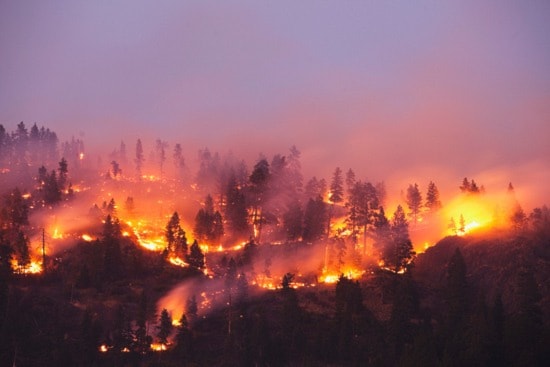Submitted by Alberta Agriculture
Feed barley prices have been stronger this winter than during the winter of 2016-17. Neil Blue, provincial crop market analyst with Alberta Agriculture and Forestry explains how this situation developed.
“Much of the cause started last winter when feed barley prices were quite flat at low levels all winter and into spring. Malting barley contract prices were about $5 per bushel until those contracts were filled, and then bids were lowered.
Uninspired by the uncompetitive potential returns for barley, Canadian farmers cut barley acreage by about 10 per cent to 5.8 million acres, the lowest level since 1964. When concerns of reduced production due to lower Canadian acreage and dryness in the south became known in July, feed barley prices improved.
Despite growing season challenges, the 2017 barley crop had an above average yield of 70 bushels per acre and overall quality was very good. About 60 per cent of the barley seeded were malting types, and there was an ample supply of good quality malting barley.”
Several factors pushed the barley market higher, including a lower supply of feed barley. “Many producers with potential malting grade barley were waiting for a sale into the higher priced malt market. As well, there were higher feeder cattle numbers, as cattle were retained here by the strong feeder cattle basis levels last summer and fall,” explains Blue. “It was a cold winter which required more feed for cattle. There was a tightness in the supply of quality hay and that led to higher feed grain usage by backgrounders and for wintering cows. Another factor was barley exports increasing this crop year by half a million tonnes.”
Corn imports from Manitoba and the U.S. that started in November 2017 into southern Alberta have also been a factor in feed prices. “Some cattle feedlots are apparently using all corn-grain rations,” adds Blue. “However, just as rail movement has been restrictive for grain exports, it has also impeded the ability of corn to move into southern Alberta. The weakening Canadian dollar combined with a stronger corn price has made those corn imports from the U.S. more expensive, thus supporting barley prices.”
Moving into spring, Blue believes that the feed market strength is likely to continue for a while. “Some producers who are feeding barley in a low gain situation may consider using other grains, such as oats, which are in good supply. Also, feed barley prices are near malting barley bids in some areas, so those with malting barley prospects may sell some of their potential malting barley to the feed market. Finally, it is likely that barley acreage will be higher this spring as it has become more economically competitive with other crops.”
Winter burn
With wildfire season underway and snow still on the ground, now is a good time to ensure your winter burns are completely extinguished.
“We typically see landowners burning as they try to clear woody debris off their land and turn it to agricultural purposes. We see windrows and machine-piled brush piles that are burned in the winter,” says Mike Tucker, wildfire prevention officer with Alberta Agriculture and Forestry.
Anyone who has conducted winter burning outside of wildfire season needs to closely examine any extinguished winter burn piles. “You need to physically inspect the pile and check for heat,” explains Tucker. “Take a metal rod or a stick, put it into the ash pile, pull it out, and feel for heat. If there is any heat, the pile is likely still burning. It will then need to be spread or dug up to ensure it is out.”
Those winter burn piles also need to be checked on a regular basis even if they seem to be out. “Every spring we will have a few fires pop up unexpectedly on land owners, start grass fires, and sometimes go into the trees. It is very important to be diligent after you have conducted winter burning,” says Tucker. A fire caused by a winter burn could result in charges, court appearances, and fines.
Tucker offers some suggestions to set up burn areas more effectively, including encouraging landowners to use brush rakes on their machinery. “They significantly reduce the amount of dirt that is going into the windrows and piles. Really dirty piles have a tendency to smoulder, not burn cleanly, and hold on for months after the fact,” adds Tucker. “The other consideration is the location of the debris pile. Don’t burn windrows on organic soils. Debris needs to be moved to high clay-type soils to prevent the burn getting into the peat.”
For more information on winter burns, call toll-free 310-0000 to contact your local Alberta Agriculture and Forestry office and Alberta Wildfire.
